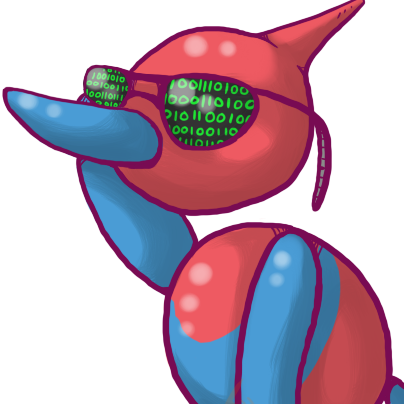I’m just getting started on my first setup. I’ve got radarr, sonarr, prowlarr, jellyfin, etc running in docker and reading/writing their configs to a 4TB external drive.
I followed a guide to ensure that hardlinks would be used to save disk space.
But what happens when the current drive fills up? What is the process to scale and add more storage?
My current thought process is:
- Mount a new drive
- Recreate the data folder structure on the new drive
- Add the path to the new drive to the jellyfin container
- Update existing collections to look at the new location too
- Switch (not add) the volume for the *arrs data folder to the new drive
Would that work? It would mean the *arrs no longer have access to the actual downloaded files. But does that matter?
Is there an easier, better way? Some way to abstract away the fact that there will eventually be multiple drives? So I could just add on a new drive and have the setup recognize there is more space for storage without messing with volumes or app configs?
I’m going to be adding more drives to my current basic setup soon and I think LVM is how i’m going to go, then I can just extend the filesystem across multiple drives in the future as I need
Big thanks for this pointer. That seems like the move for me
LVMs can be convenient, but in my experience, they are a lot more of a headache than they’re worth. But by all means give them a try. I think I just had bad luck.
But there is also nothing that stops the arrs from working across multiple drives. I use six, with content across all of them, all detected and manageable in the arrs.
This is what I do. As soon as a drive is full I create a new default root path in the arrs. Tbf, I’ve only had to do this twice so far.
I use btrfs. This allows me to add additional hard drives (of different sizes, too) over time very easily without having to touch any other part of the system.
I’m using MergerFS, which makes this really easy. I set up a temp mergerfs array with all my disks except the one I want to replace, add the new drive to my first array, then run a command to move all data from the replaced drive to the temp array. The original array mount point doesn’t notice the difference. Once it’s done, I remove the old disk from my main mergerfs array, add the new one, and delete the “temp” array. Then I can remove the old disk from my Snapraid config and also physically remove it from the server.
If you’ve got an old PC laying around, you should look into setting up Open Media Vault on it.
What’s the problem?
…the arrs can handle more than one storage folder/drive just fine? You don’t need to use hardlinks unless you want to continue to seed forever.
If you don’t use hardlinks in the arrs, they wont duplicate the files, they will move them out of the download folder into the library folder. All the hardlink option does is allow you to continue to seed even after the media has been downloaded.
The data folder is separate, it only contains library details and metadata, no media files. It should never get big enough to fill up a drive.
My setup downloads media to a temp folder on an SSD, then moves the files onto one of my six drives depending on where I told it to put a series/movie when I added it.
I built a 5-bay NAS from old computer parts and put ZFS on it for storing media and LLM models etc.




